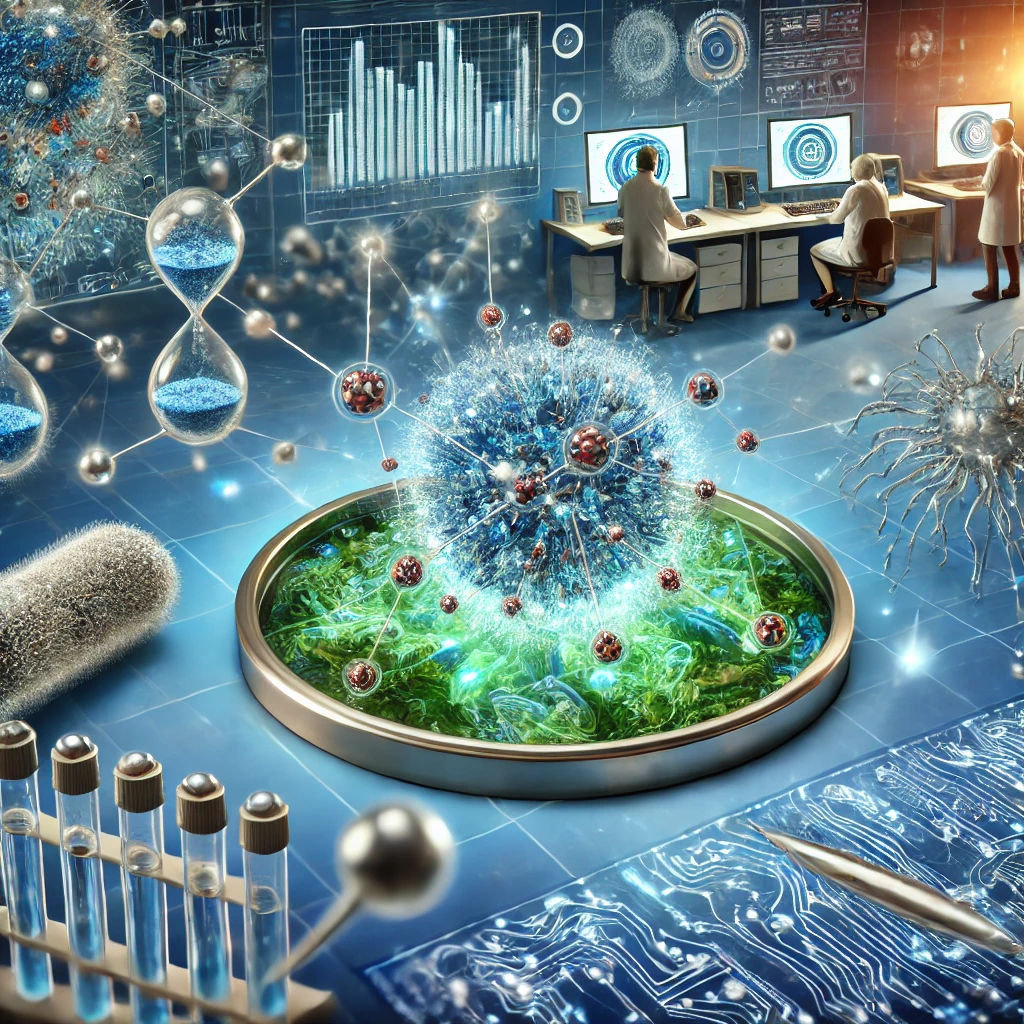How AI is Mapping Hidden Molecular Interactions to Revolutionize Medicine
The convergence of artificial intelligence and molecular biology is unlocking new possibilities in drug discovery and disease treatment. A groundbreaking study from Oregon Health & Science University (OHSU) reveals how advanced AI tools can map hidden molecular interactions in bacteria, potentially reshaping how we approach cancer research, antibiotics, and more. This discovery-driven science is taking us beyond microbes and into new realms of medical innovation.
The Power of AI in Mapping Molecular Interactions
Using Escherichia coli (E. coli) as a model organism, researchers explored how small molecules, or metabolites, interact with bacterial proteins to control processes like cell growth and gene expression. While these mechanisms were studied in bacteria, the findings hold broader implications for human cells, particularly in understanding diseases like cancer. By mapping these molecular interactions, researchers are uncovering vulnerabilities in cellular processes that can be targeted for therapeutic interventions.
This study relied on chemo-proteomics to identify nearly 300 ligands and their protein binding sites, using AI-driven structural modeling powered by the Department of Energy’s Frontier, one of the world’s fastest supercomputers. This level of precision not only deepens our understanding of cellular behavior but also provides a systematic framework for designing effective drugs.
Turning Drug Discovery on Its Head
Traditional drug discovery involves screening massive chemical libraries to find compounds that affect protein activity. This process, while effective, can be inefficient and time-consuming. Researchers at OHSU are flipping the script. Instead of searching randomly, they are identifying native ligands—the molecules that proteins naturally prefer to bind. This approach provides a logical starting point for drug development, streamlining the discovery process and enhancing precision.
How AI Enhances Drug Design
- AI models map how small molecules bind to specific protein sites with atomic-level precision.
- This insight allows researchers to design synthetic compounds that mimic or enhance these interactions.
- Potential applications include targeting transcription factors and protein kinases that are dysregulated in cancer cells.
- Beyond cancer, this method holds promise for diseases like neurodegeneration, diabetes, and cardiovascular conditions.
The Implications for Cancer Research
Cancer cells often display dramatically altered metabolic processes compared to normal cells. This study sheds light on how small molecules dynamically interact with proteins to drive tumor growth, proliferation, and immune evasion. By understanding these interactions, researchers can identify weak points in cancer cells, paving the way for new treatments.
For example, small molecules could influence how transcription factors activate gene expression programs, fundamentally reshaping the biology of cancer cells. This opens new avenues for targeting cancer early, before it becomes too advanced to treat effectively.
Beyond Cancer: Broader Implications
While the study focused on E. coli, its findings extend to other applications:
- Antibiotic Development: Insights could help design drugs that target harmful pathogens without affecting beneficial microbes.
- Human Microbiome: Understanding bacterial protein interactions can lead to better modulation of microbiome-related health issues.
- Global Health: Tools developed here could guide drug discovery for infectious diseases in resource-limited settings.
AI-Powered Precision: The Future of Medicine
By leveraging AI tools to study molecular interactions, researchers are enhancing our ability to design drugs with surgical precision. For instance, the AI-powered structural mapping used in this study provides a roadmap for developing synthetic compounds that bind more tightly to protein targets, either enhancing or inhibiting their function. This method can revolutionize how we approach diseases like cancer, neurodegeneration, and even metabolic disorders.
Collaborative Science for Real-World Impact
Led by Andrew Emili, Ph.D., and a multi-disciplinary team, this research represents the intersection of systems biology and functional proteomics. By collaborating with experts in cancer research and leveraging powerful AI tools, the team is taking bold steps toward real-world applications. As Emili puts it, “This is what drug discovery is about. We’re learning how small molecules bind to proteins, and from there, we can guide the rational development of therapeutic compounds.”
Conclusion: Discovery-Driven Science with a Purpose
This study is a shining example of how AI is reshaping medicine. From uncovering hidden molecular interactions to revolutionizing drug discovery, the work being done at OHSU is paving the way for treatments that are more precise, efficient, and impactful. By turning traditional methods on their head, researchers are opening doors to a future where diseases like cancer can be intercepted early and treated effectively. As we continue to explore the potential of AI in science, one thing is clear: the era of discovery-driven medicine is here, and it’s transforming the way we understand and treat disease.


Post Comment